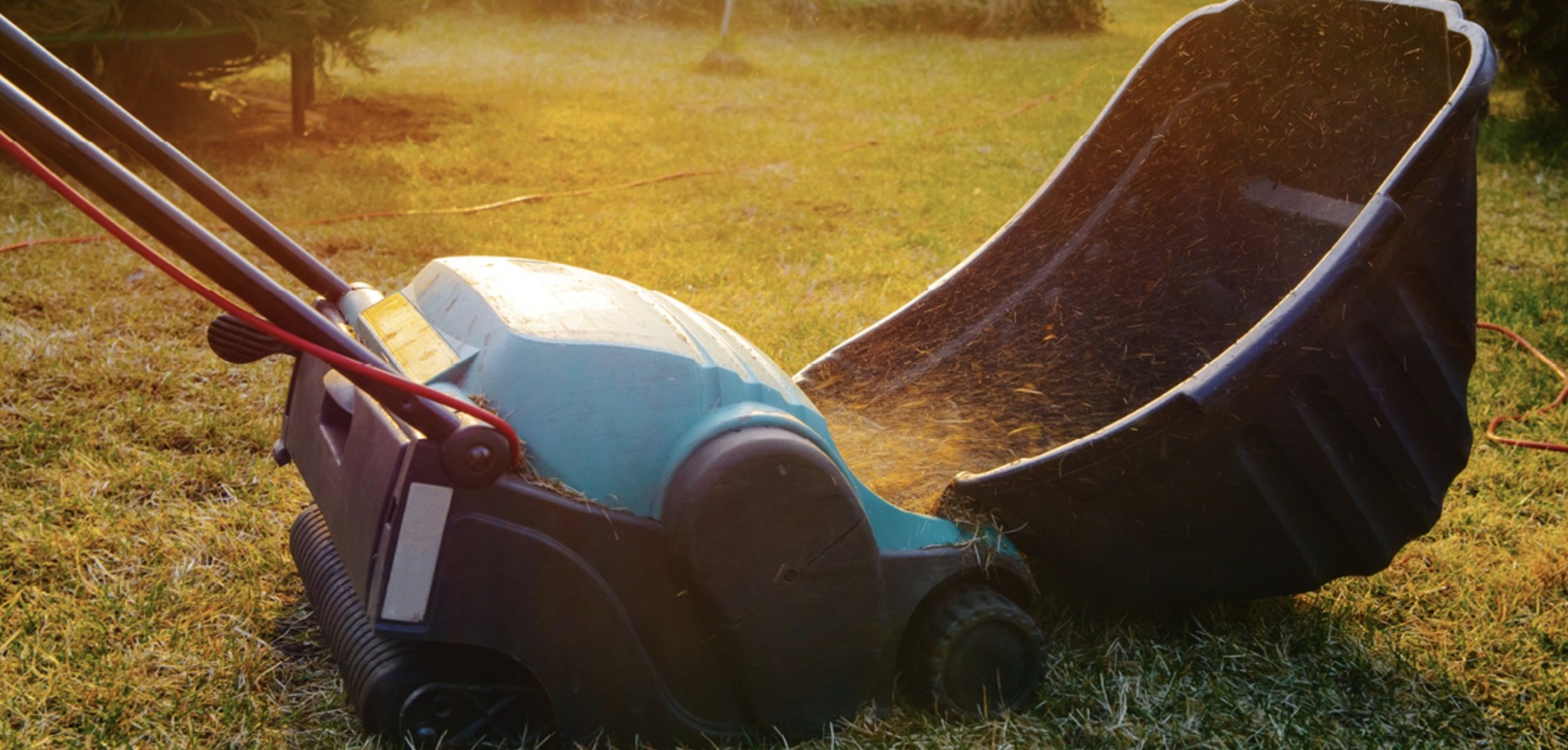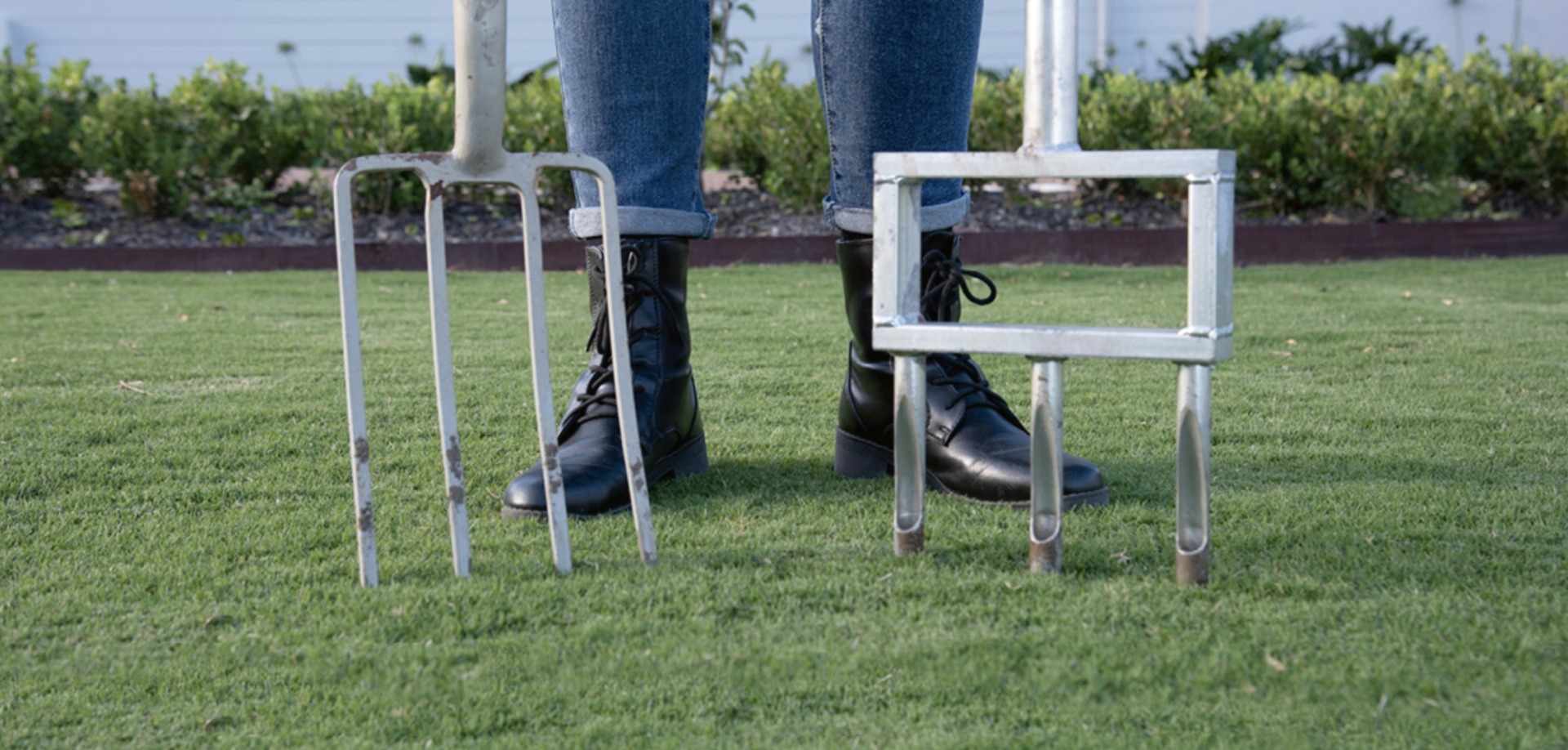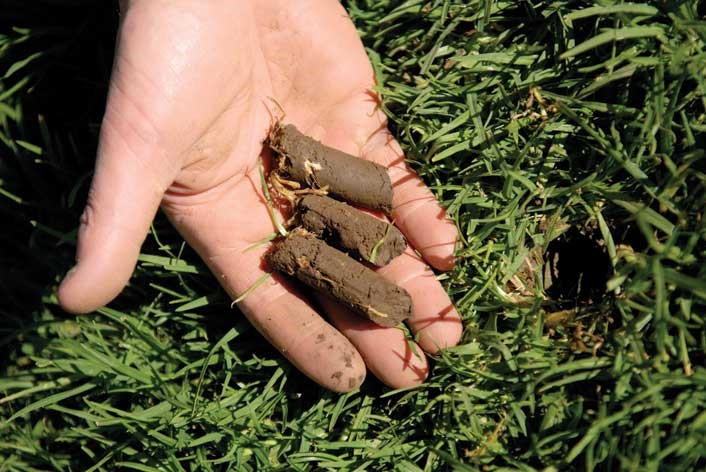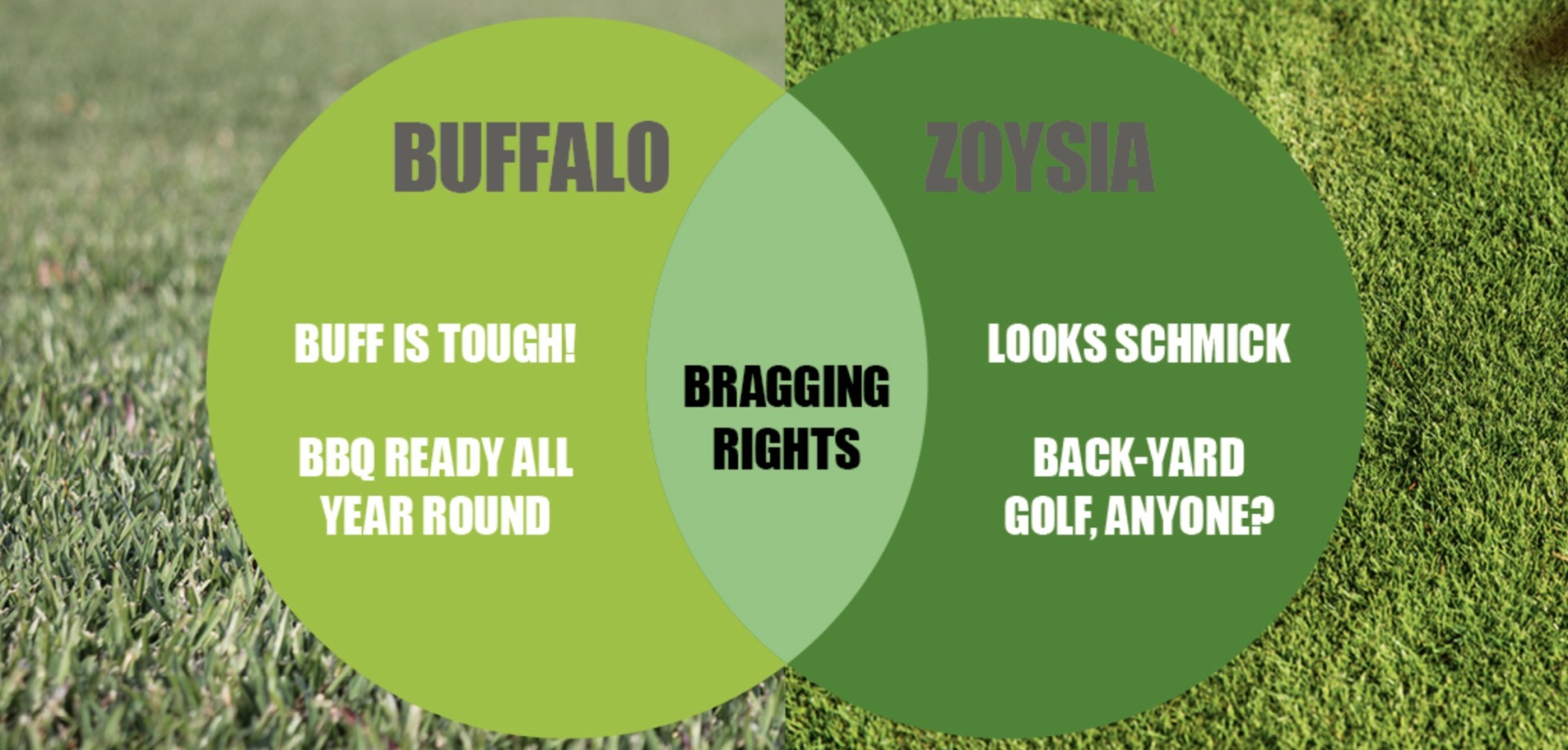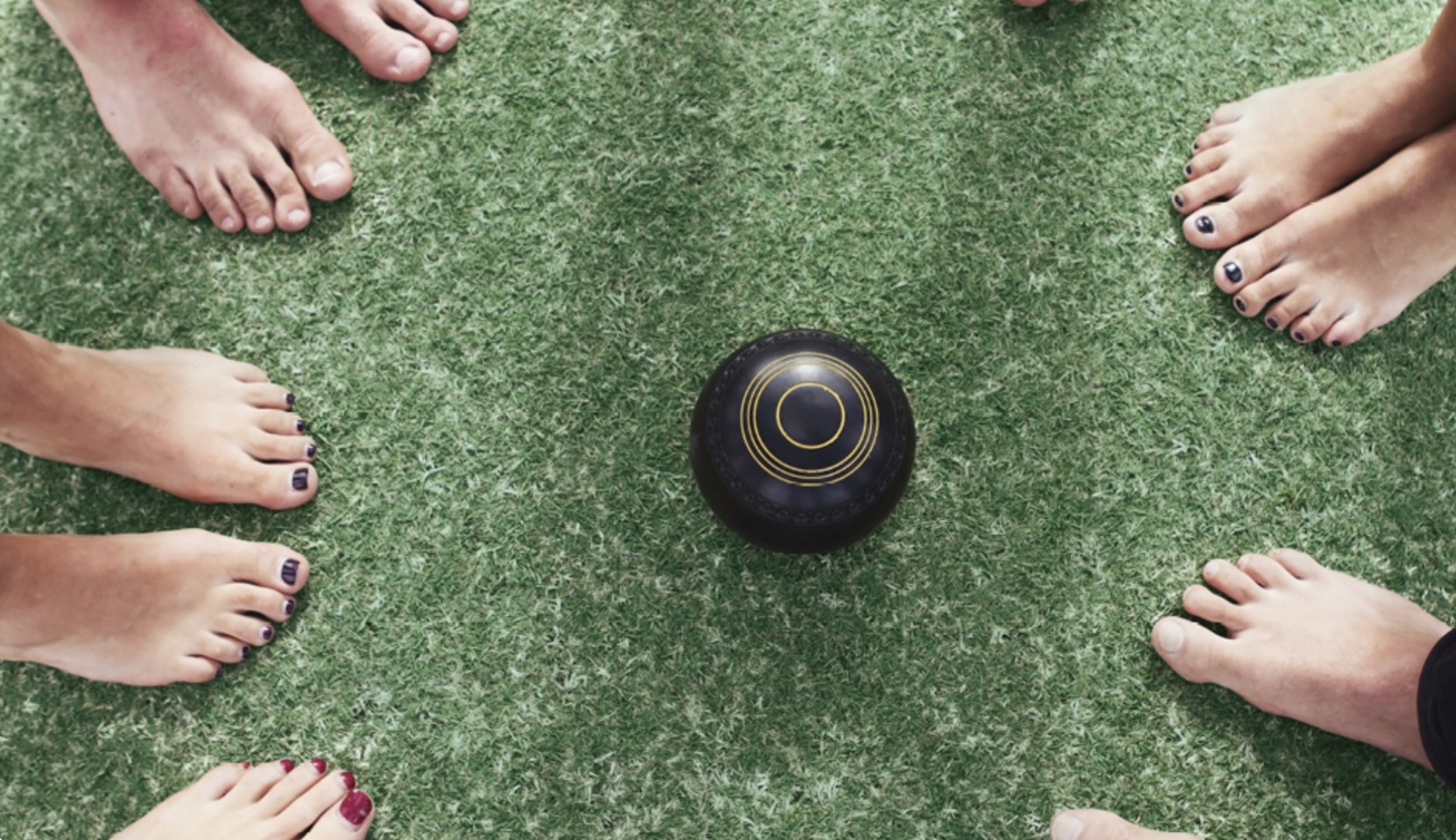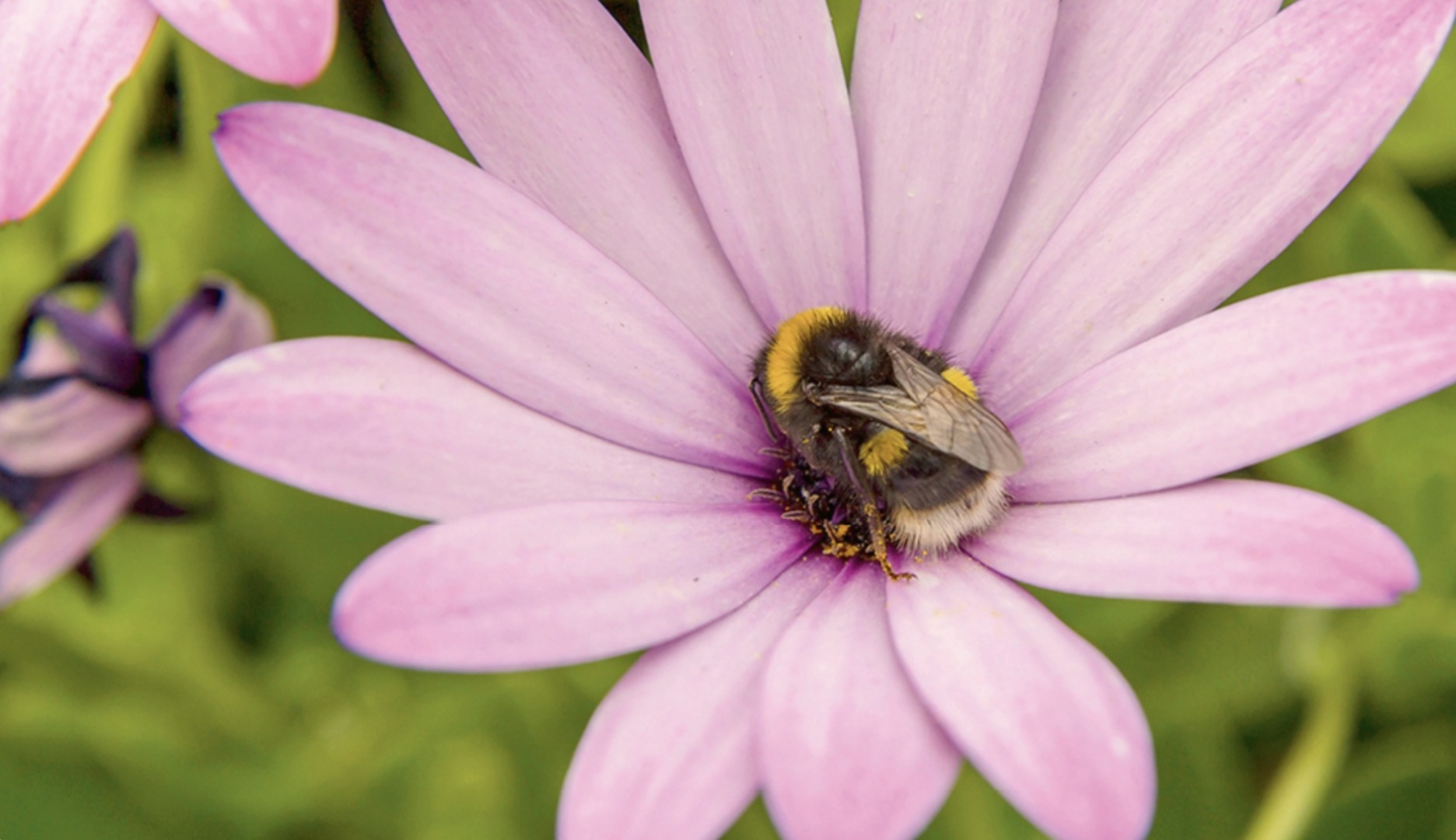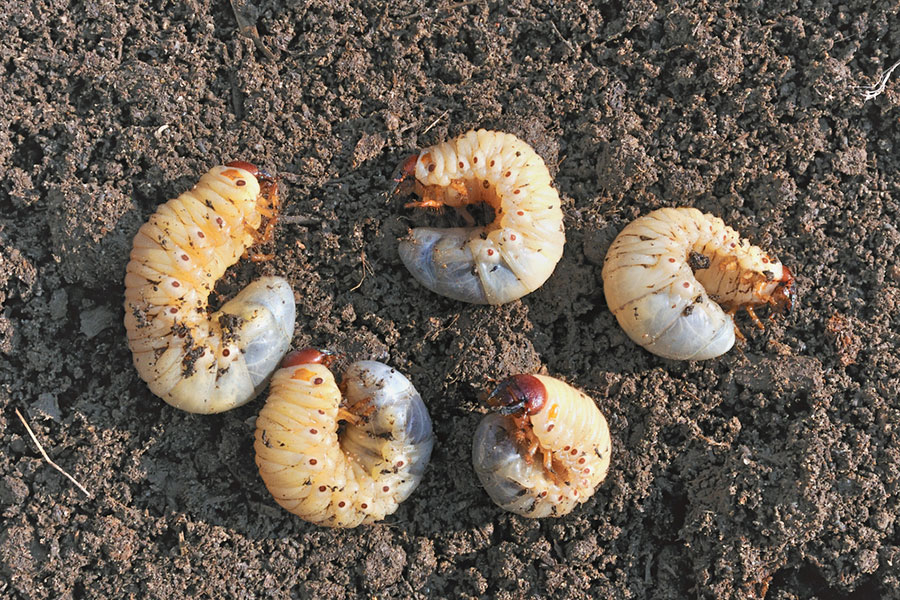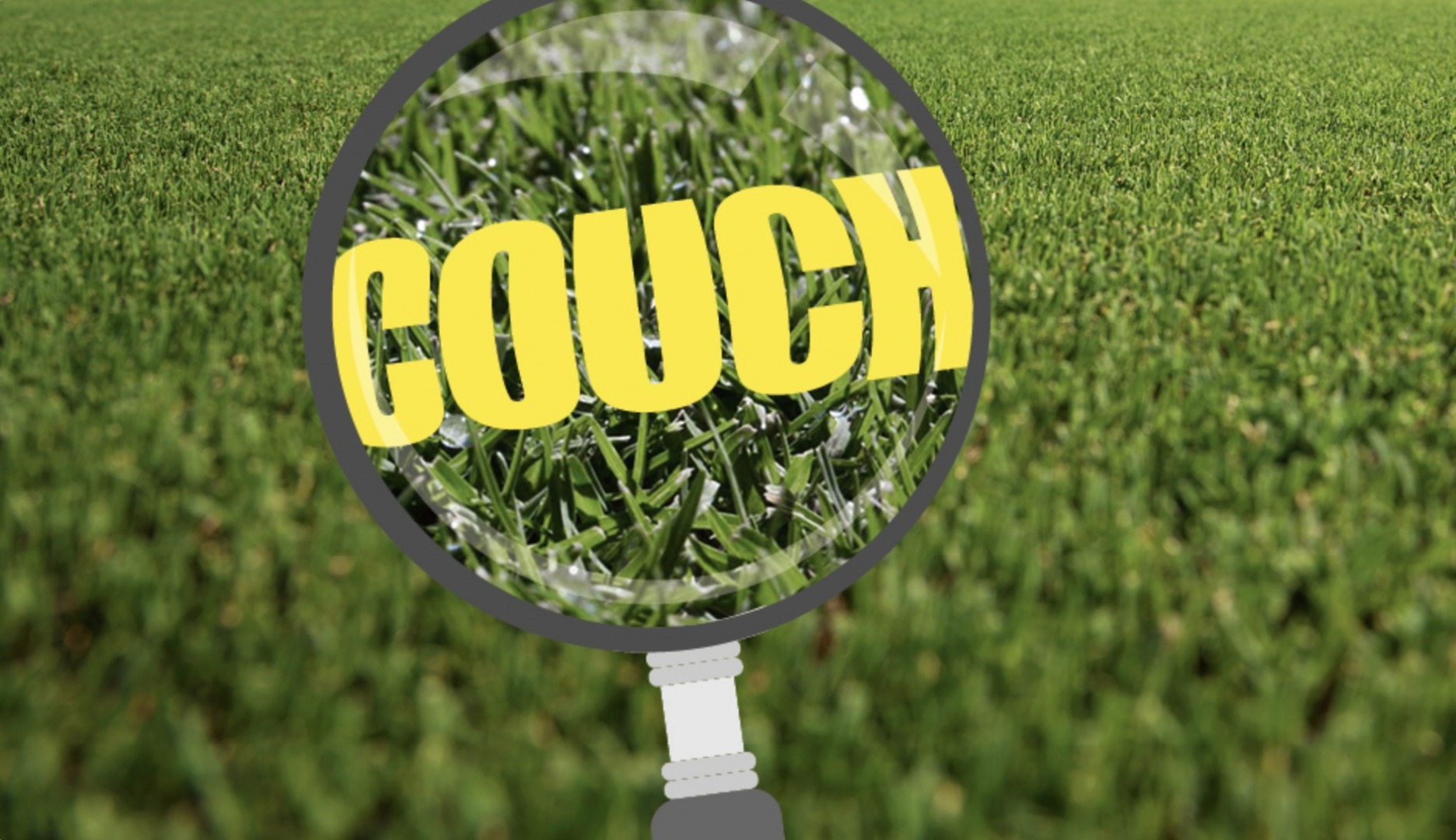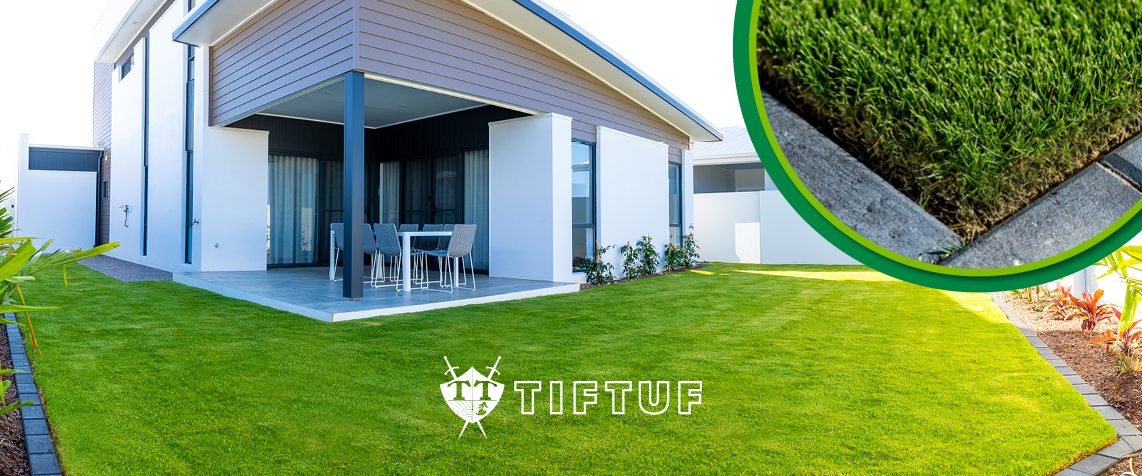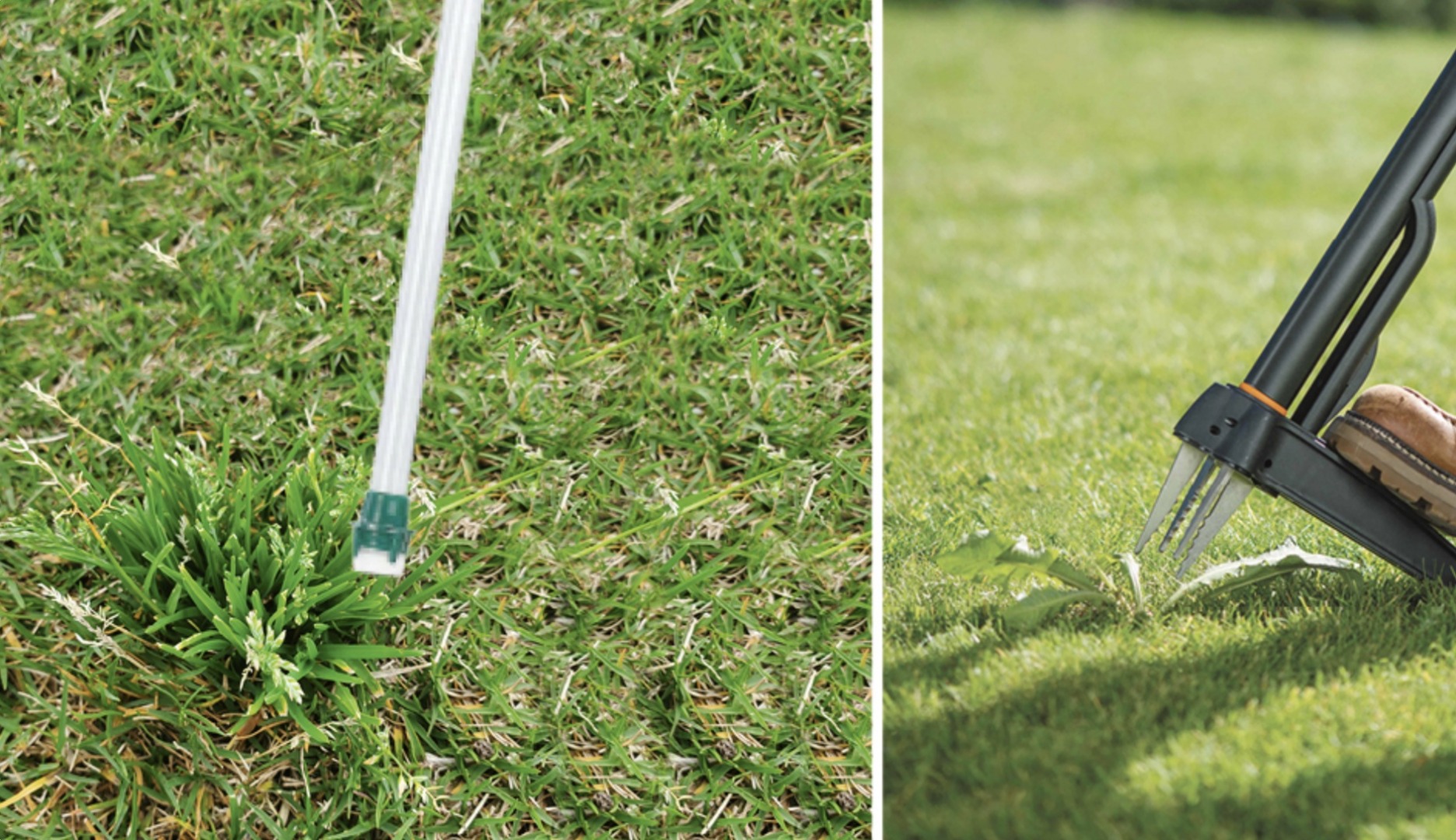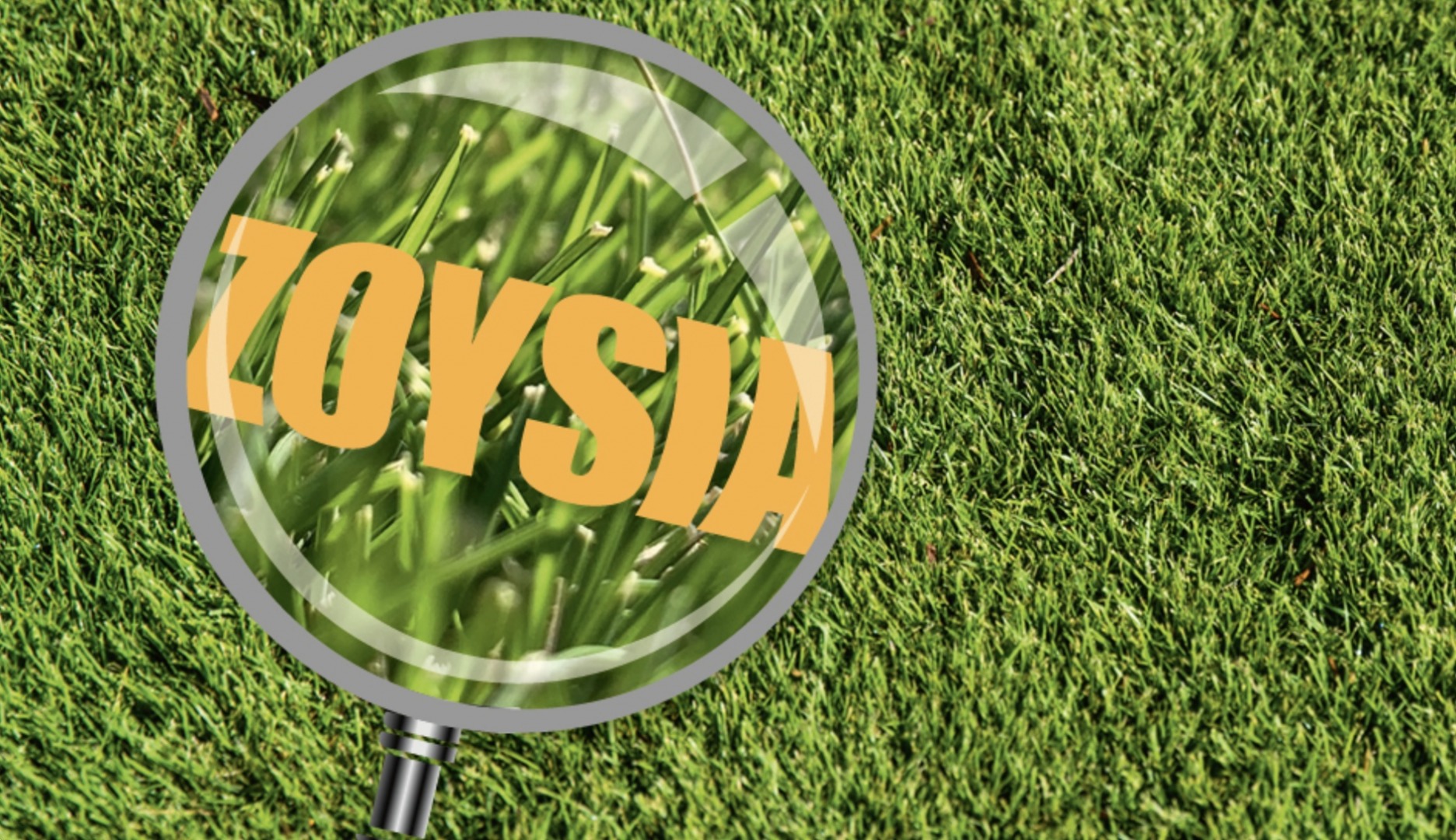What is thatch?
You may have noticed your lawn has a build-up of dead organic matter, excessive roots and stems that have developed within the profile of your grass. This is a natural process caused by your lawn producing more organic matter than what can be broken down. Some turf varieties will thatch more than others and over time the height of your lawn can increase and can become quite unsightly.
Dethatching will help to remove this layer so that air and nutrients are able to reach your soil base and can more effectively feed your lawn. Reducing thatch also prevents water log in your roots and allows proper drainage, this will help to prevent the risk of fungal issues.
What do I do?
If your lawn feels ‘spongy’ to walk on, then it may be time for such drastic action.
Here are a few different ways to remove thatch from your lawn…
Mowing low
Getting in a couple of low-mows and gradually reducing the height of your lawn will reduce the thatch layer in your lawn. A good time to do this is towards the end of spring when the lawn is establishing quickly and will have time to recover. Do not do this in the cooler months as you will cause significant damage to your lawn and it will not be able to recover during winter.
Using a dethatching rake
Dethatching using a dethatching rake is one of the easiest and less invasive ways to remove some of this built up thatch. As you are raking the tines dig in and will be pulling the thatch and dead matter out from within the grass. If you have a substantial thatch build up however you may need to look at a more disruptive method.
Specialised dethatching machine (vertical cutter, verticutter, or power rake)
You can also hire or purchase specialised dethatching machines that make light work of removing the thatch layer. This can be a good option if you have a large lawn, or if the thatch layer is especially thick and hasn’t been tended to for a number of years.
Be sure to get the recommended cutting heights for your lawn type and follow the instructions the hire company provides.
After dethatching your lawn, it will be looking in pretty poor shape. Make sure you rake up all the loosened debris and give your lawn a fertilise to help it to recover.
Dethatching should only be done a couple of times a year and works only for warm-season grasses (Buffalo, Kikuyu, Couch and Zoysia) and should be avoided for cool-season types – fescue and the likes as this practice will probably spell the end of your lawn.
Attempting to dethatch your lawn too late into the growing season and your lawn won’t recover over winter, so if you’re unsure, seek some good advice from your local Lawn Solutions Australia turf supplier.
As always, if you have any more questions please don’t hesitate to contact us for free expert advice on 1800ALLTURF (1800255873) or 07 5543 8304.
